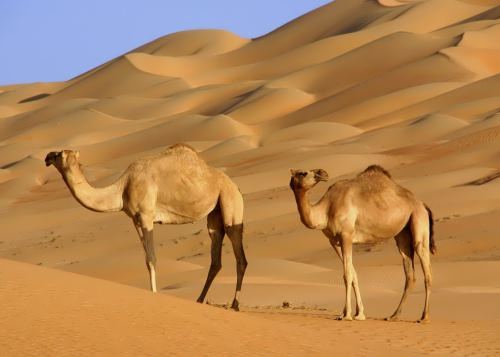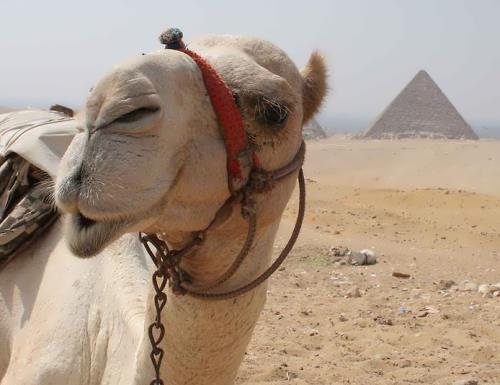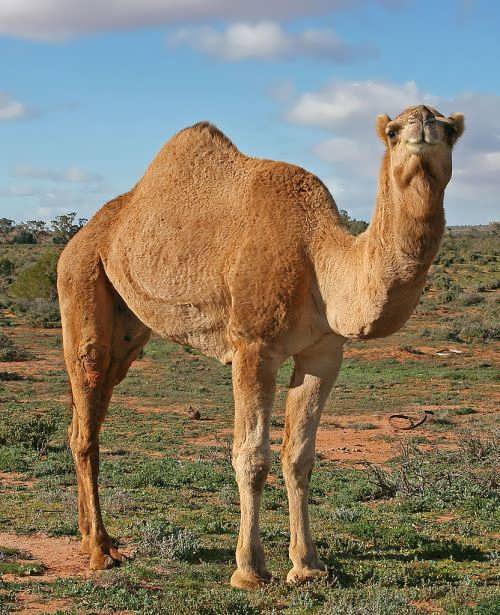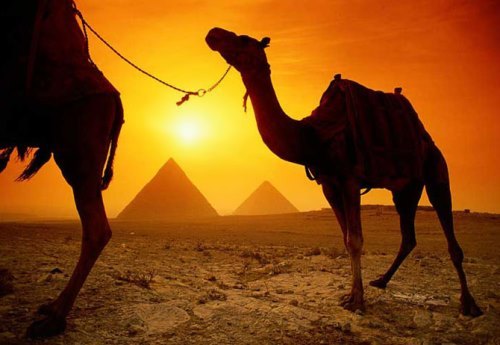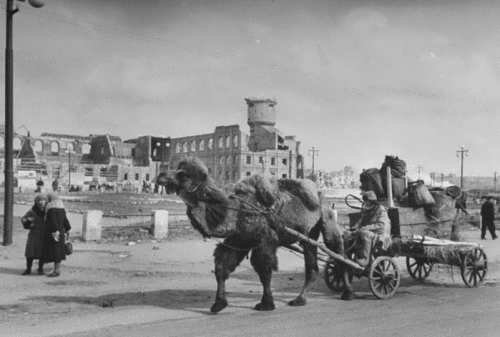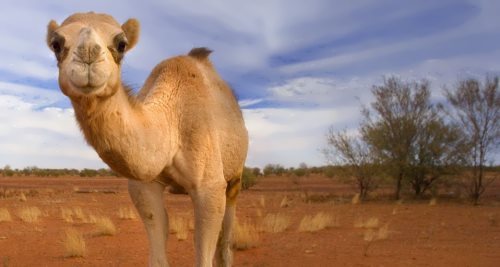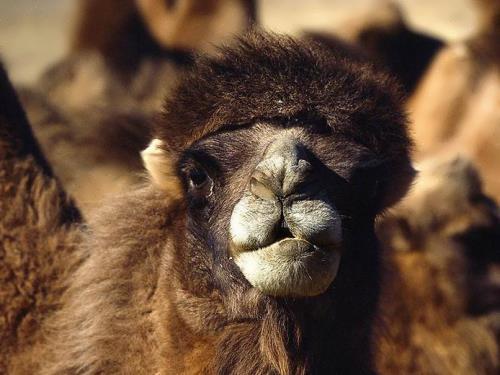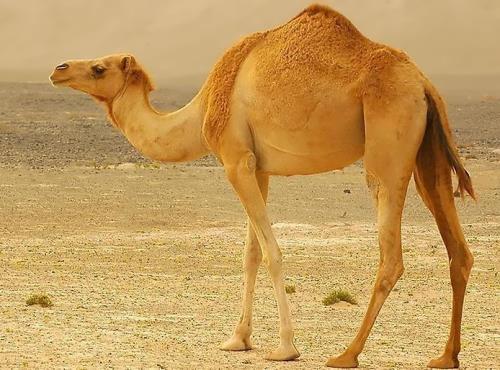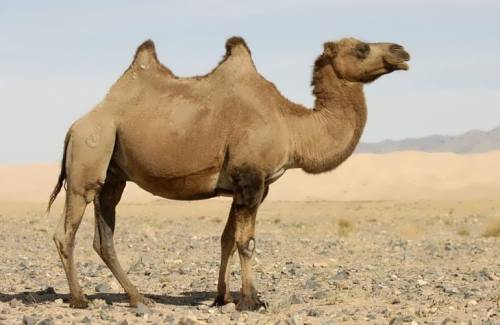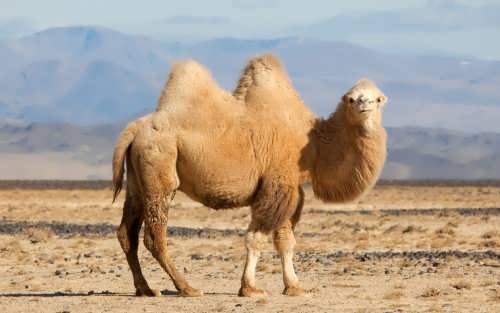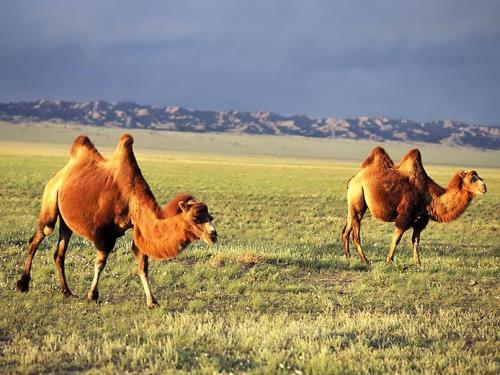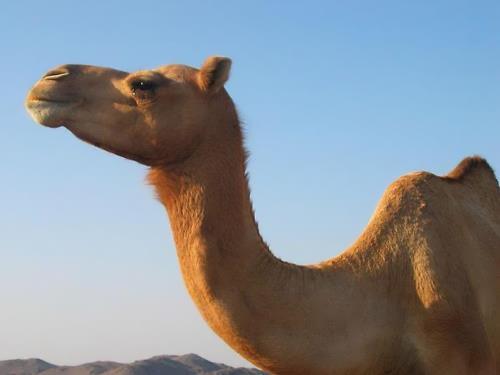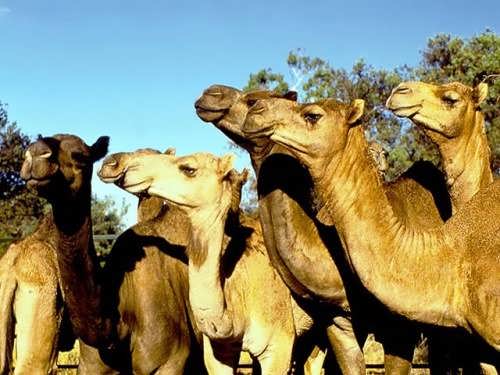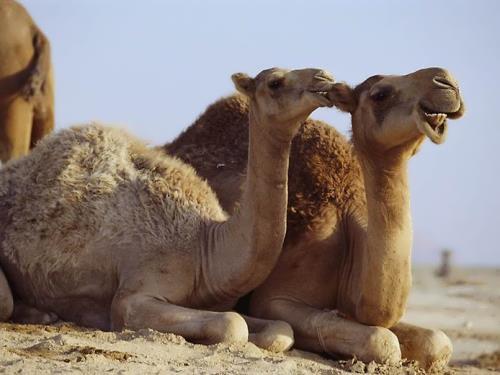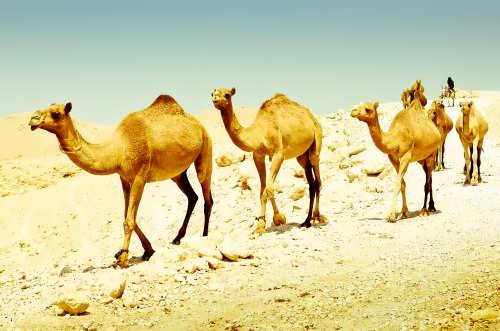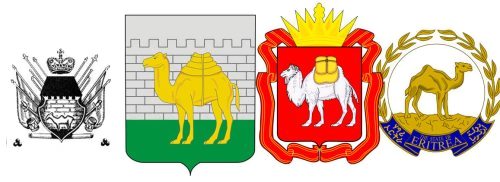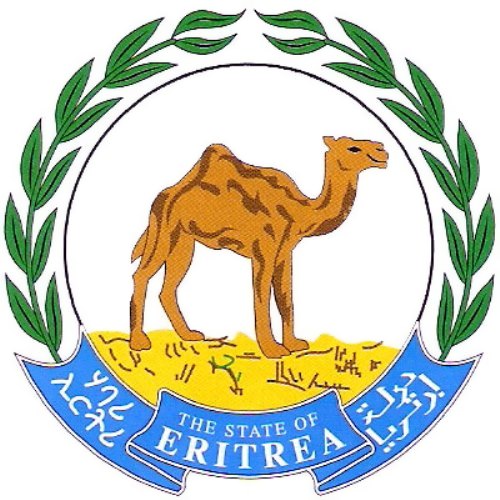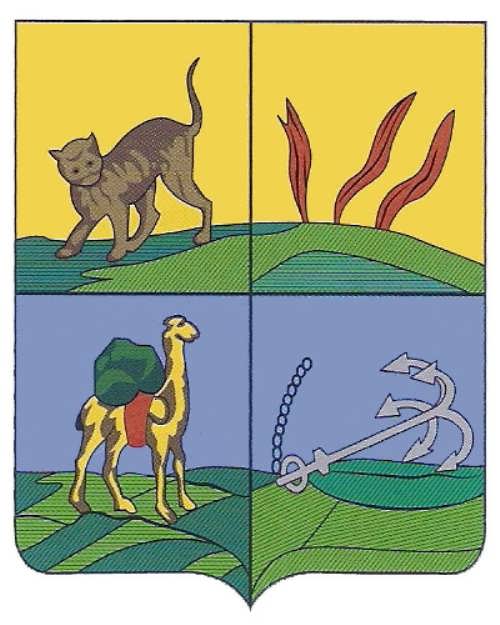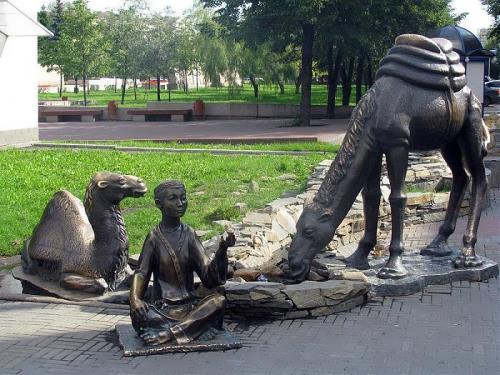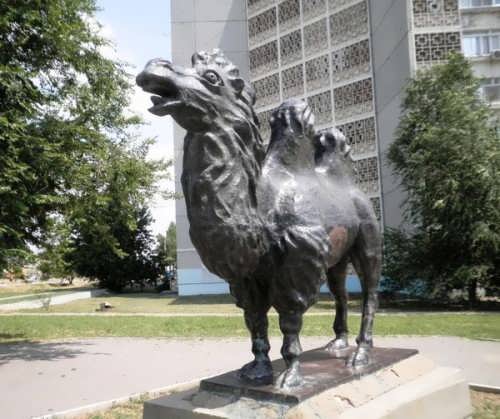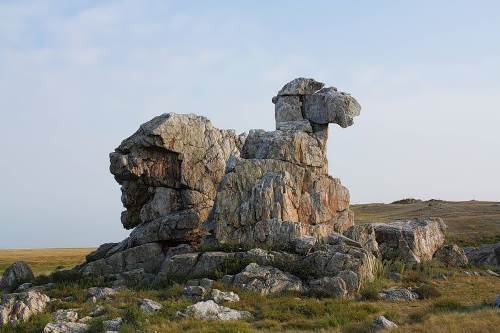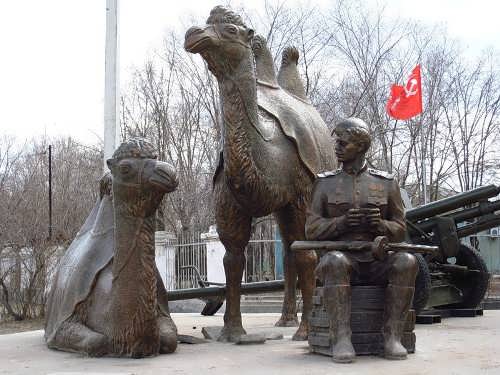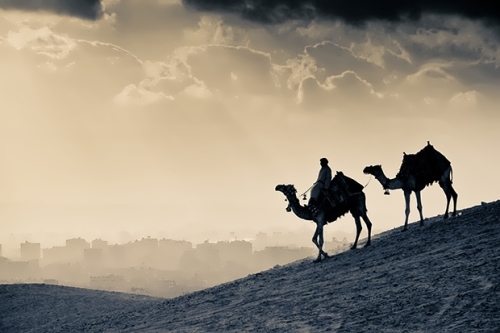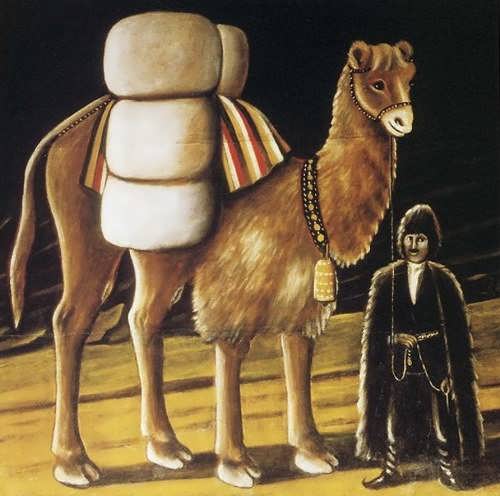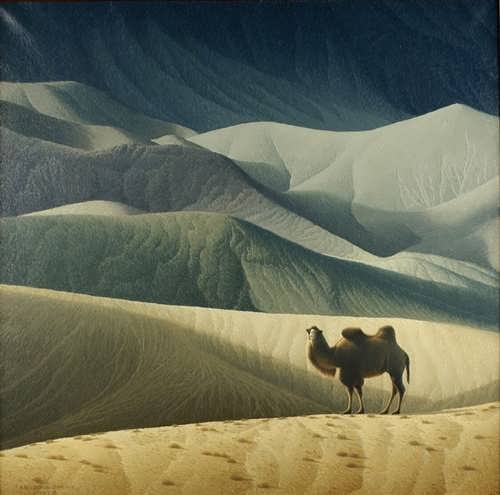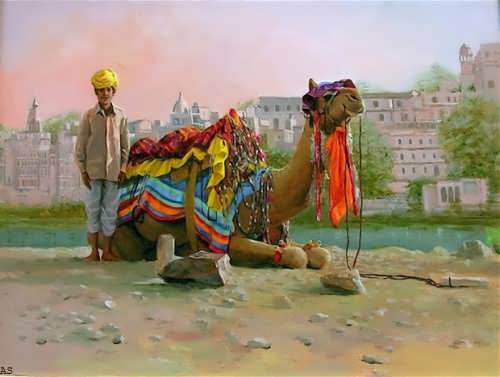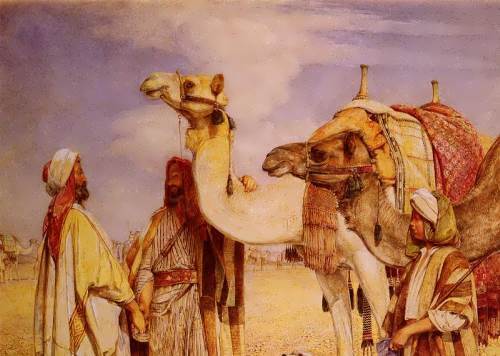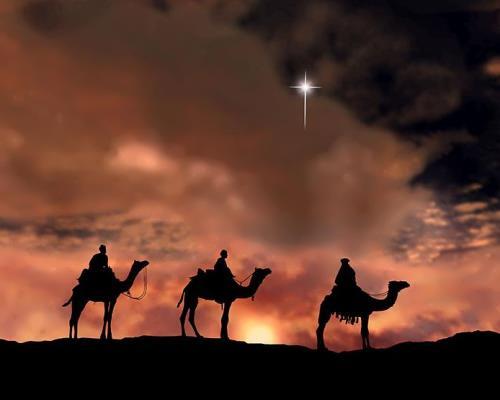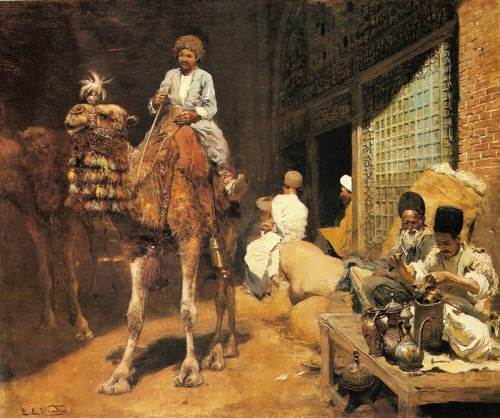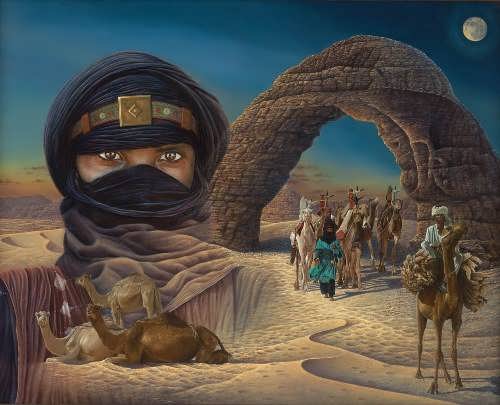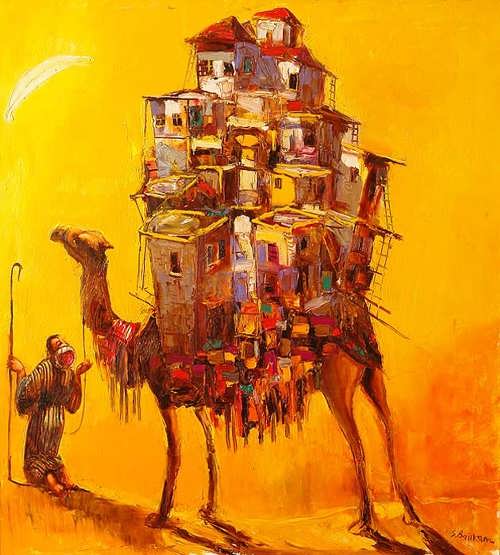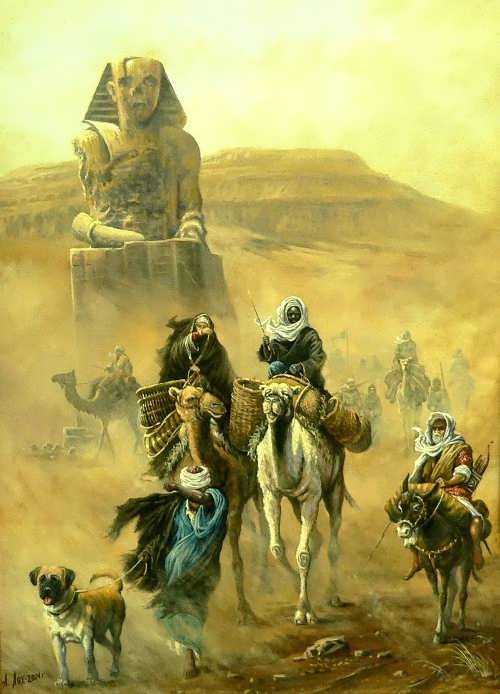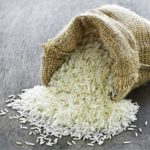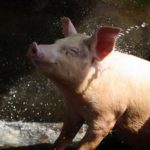Camel – Packed and Ready to Go
Camels are large mammals known for their humps. They belong to the same family as the llama and the alpaca.
These animals weigh up to about 650 kilograms and are about 2 meters tall at the hump. A camel changes the extra food and water into fat and keeps it safe in its hump. When full, the humps are plump and erect. If the animal has not eaten for a period of time, the humps begin to shrink and sag to one side. Long eyelashes protect the eyes from sandstorms and glaring sun. The nostrils can close to keep out blowing sand.
Camels eat thorny plants, shrubs, and dried grasses.
The Bactrian camel, which lives mostly in Central Asian countries, has two humps. It is the largest species. These animals are named for the Baktria region of ancient Persia and can withstand severe cold as well as extreme heat.
Humans in China and Mongolia probably began to use bactrian camels as pack animals to carry supplies as far back as 2500 B.C.
The dromedary, or Arabian camel, has one hump. They live in North Africa, the Middle East, and India. Dromedary camels are taller but lighter than Bactrian camels.
In the 1800s people brought Arabian camels to Australia, so now there are herds of wild camels there.
People use them for crossing deserts because camels can go for days without food or water. Their hair is used to make tents, blankets, rugs, ropes, and clothes. Camel skin is used to make footwear and bags. Cheese and other foods are made from camel milk.
The female gives birth to a single offspring every other year. The long-legged calves become independent at about four years.
Domesticated camels can live up to about 50 years.
Interesting facts
– Camels have well developed sense of smell. They can smell fresh water at a distance of 40-60 kilometers.
– They can do 8-15 days without water and about a month without food.
– Thirsty camel is able to drink more than 100 liters of water at a time.
– Thick fur protects camel from the sun and heat.
– N. M. Przewalski was the first scientist who discovered wild camels.
– There are camel races in the United Arab Emirates.
